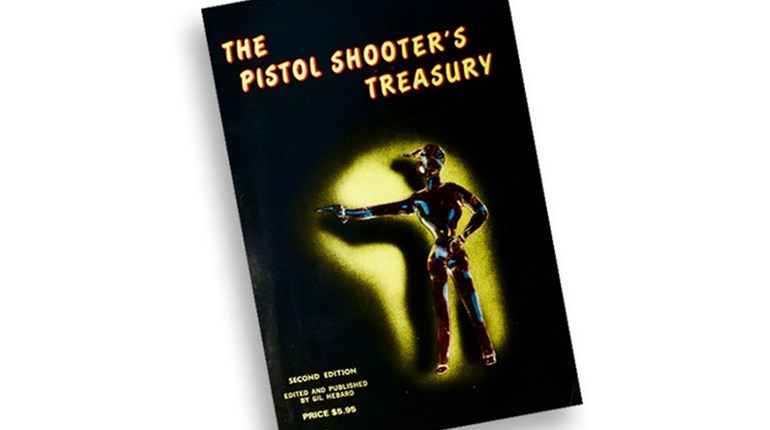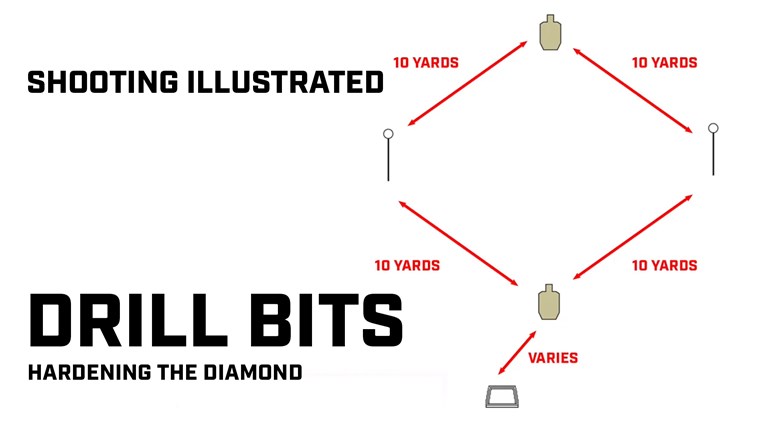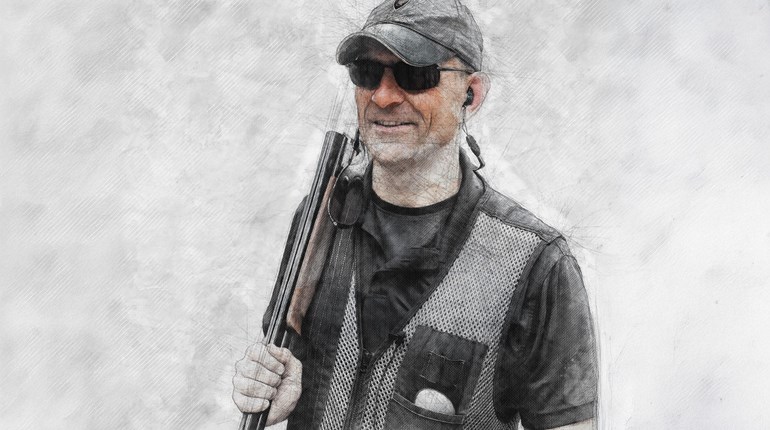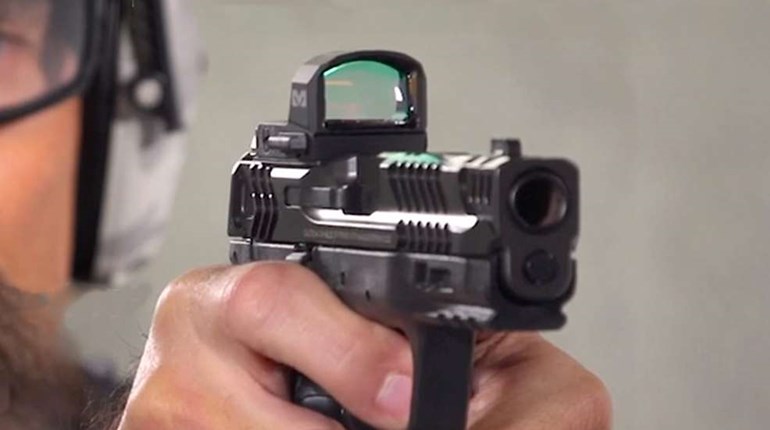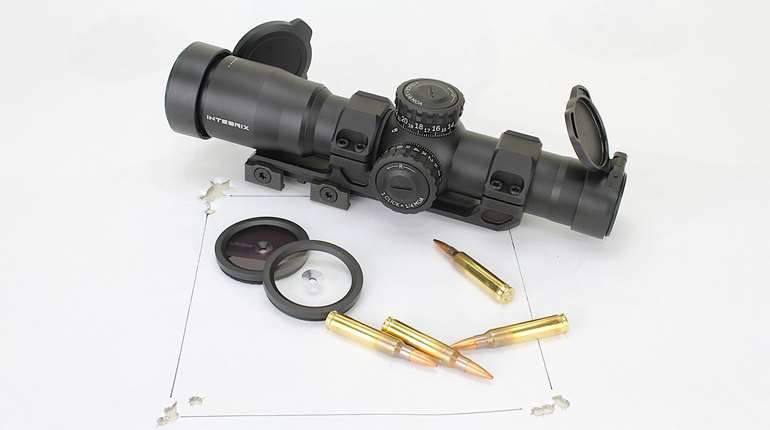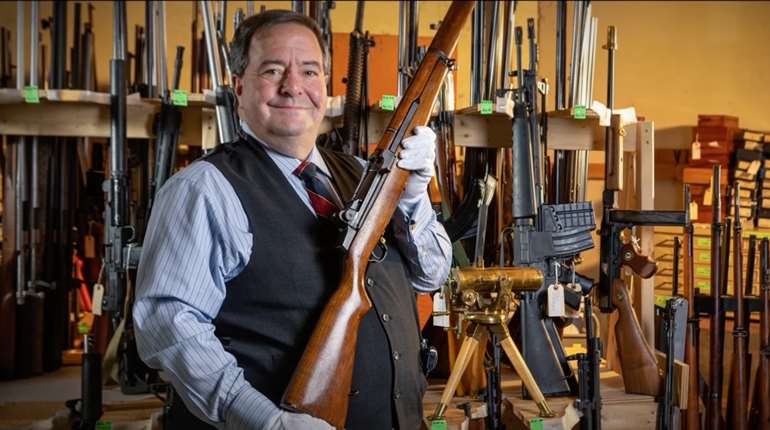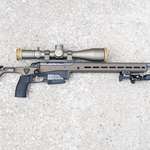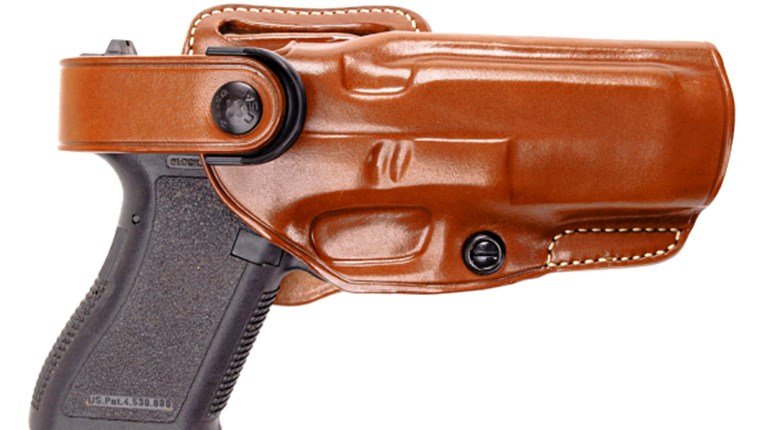
With 20-plus years of military service, with the last 16 of those in the U.S. Army Special Forces, Frank Proctor has an impressive resumé. As a member of his unit, Proctor attended the Special Forces Advanced Urban Combat Course in 2004 where he first realized that becoming a better shooter was going to be a lifelong passion. Between deployments and other duties in his group he was also the Assistant Instructor for Combat Marksmanship, CQB, Breaching and the Sniper program, and later became the Primary Instructor for these programs.
During the introduction part of the class that I attended last fall, Proctor elaborated about his time in those training roles. “You are training and preparing soldiers to deploy and use the skills you have taught them in a real-world environment.”
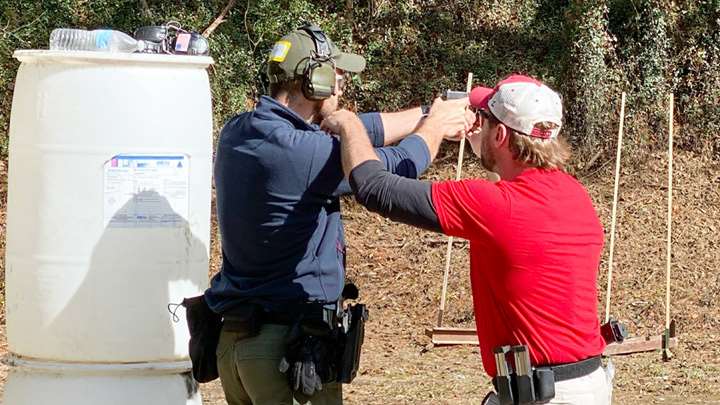
As Proctor explained in class he felt pretty confident with his marksmanship skills, then he went to his first match in 2007. “It was at that point that I found out what I didn’t know about shooting. I went in pretty sure of myself only to get my butt handed to me at my first match.”
It was this experience that changed his entire thought process on shooting. “I started shooting a match every weekend and when I failed at something I would work on it during the week so I could see the improvement at the next match.”
He joined a range and started training almost every day, sometimes twice a day around his other duties. Proctor takes a mechanical approach to finding solutions, and as he began to train more he started to break things down and examine them. His first job in the military was as a mechanic, also something that he did as a civilian for nearly five years. He wanted to know how everything worked as a whole so he could diagnose a problem easier by understanding how something was supposed to work. He would bring this approach to shooting.
Within two years of getting involved in competitive shooting he was ranked a USPSA Grand Master in Limited Division, and at one point was fourth on the top 20 list. After two years of training Proctor was at his peak, but was also gearing up for another deployment at the time. After returning and getting settled back, he looked to what was next.
“In 2012, I started Frank Proctor Shooting as a full-time training company. While I was at my peak in 2009, I didn’t fully understand what was happening or know to show other people how to do what was necessary.”
It was after he started training full-time that Proctor began a more analytical approach to training and shooting—instead of going and doing it over and over again. Focus increased on breaking it down into the mechanics of what is going on.
I first became of aware of Proctor by seeing some of his videos that had been shared from his website and YouTube channel. I also had seen several of his match shooting videos, and when I had a chance to attend a class, I jumped on it. Proctor has three main classes that he teaches, Performance Marksmanship and Movement Dynamics for both Pistol and Carbine; these are one or two-day courses either taught separately or together. The class I was attending was his “Fundamentals of Fast,” a two-day pistol course.
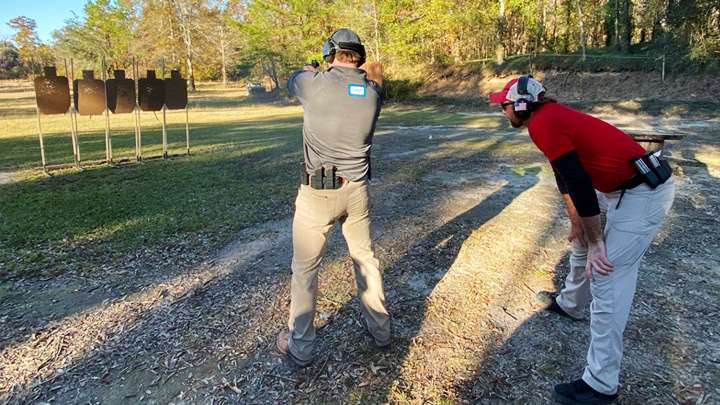
Proctor said that we would be covering the five “Fundamentals of Fast” that he teaches. “These are the concepts that can be applied to competitive, combat and recreational shooting.”
Processing
Shooting is visual—the information comes through sight and has to be processed by the brain in order to make everything else happen. Processing what you are seeing is the important component of all of the others supporting the Processing of the visual information. Proctor gave the example of the first time you picked up a ball and threw it. You saw what you wanted to throw the ball at, your mind processed this visual information and told your body what to do. You didn’t think about the weight of the ball, the distance, how hard to throw or when to let go of it—you picked it up and threw it.
Control
You may have heard this before, but sights and triggers are the core fundamentals of marksmanship. In order to be accurate, your trigger control is important; you have to put the least amount of movement into the gun when pressing the trigger. Understanding how your gun recoils is important as it gives the visual input needed to see the sights and target.
Mechanics
Mechanics are the draw, reloading, and the things that are required to do to get the firearm in front of your eyes to start the visual processing of information. These things should be done efficiently and fluidly. These are things that can be worked on, like repeatable hand speed.
Movement
This isn’t just in competition, but in all manner of shooting that the practical applications require movement. This has to be done efficiently and allow for you to be in the best position to shoot while covering ground. This again is supporting the visual process; you see a spot where you want to go and your mind processes that information and tells your body what to do.
Mental Control
This is easier said than done, but you must remain calm in order to allow the visual information in to start the processing.
During the two days Proctor worked us through each one of the steps, showing how one builds on the other. We would shoot a variety of drills, focusing on different parts of the five steps, then putting them together. Through the entire training Proctor had one constant the he would refer back to: “Let It Do.” Basically, what he was explaining to us is that we can be our own worst enemy by getting in the way of what our mind is telling our body to do from the visual input. We try to make something happen versus letting it happen naturally.
Proctor spent more time each day talking about examples of “Let It Do.” Go back to throwing the ball example. You picked it up and threw it. But what happened?
You saw the ball and the target, visual input to start the process. Control, you held the ball in your hand. Mechanics, your arm went through the motion needed to bring the ball up ready to throw it. Movement, your arm moved and your hand released the ball. Mental control, staying calm and allowing your mind to tell your body how to move your arm and release the ball from your hand to throw it.
So, picture a kid who had never thrown a ball before, they didn’t know what to do, there are no expectations, they saw it and threw it. Proctor went on to explain it “remember the first time you shot a firearm, you probably had someone show you how to hold it, told you to line up the sights and slowly squeeze the trigger and the shot should be a surprise.” “What happened? You hit the target?”
“Most likely yes, probably a pretty good shot too. What happened on the next couple of shots? Jerk the trigger, anticipate the recoil, close your eyes, miss the target?” You didn’t “Let It Do.”
Over the course of the two days there were many rounds sent down range, and lots of drills that we worked through, exploring the five steps of this process. These were not the “stand in front of a target at three yards away” and by the end of the class you felt better about hitting it. We worked through several different types of drills, including accuracy drills and multiple targets being engaged. There were movement drills as well as shooting on the move. We worked on stance and different mechanics to help you get the gun up and shooting faster.
The class really focused on understanding what was going on and one of the things that I liked is that as the other students got more familiar and their skills were picking up, Proctor would react to this and change things up. There were several law enforcement officers taking the class as well as a few other non-LEO folks like myself. If you are interested in Proctor’s classes, check out his website.
Article from the March/April 2020 issue of USPSA’s FrontSight magazine.













